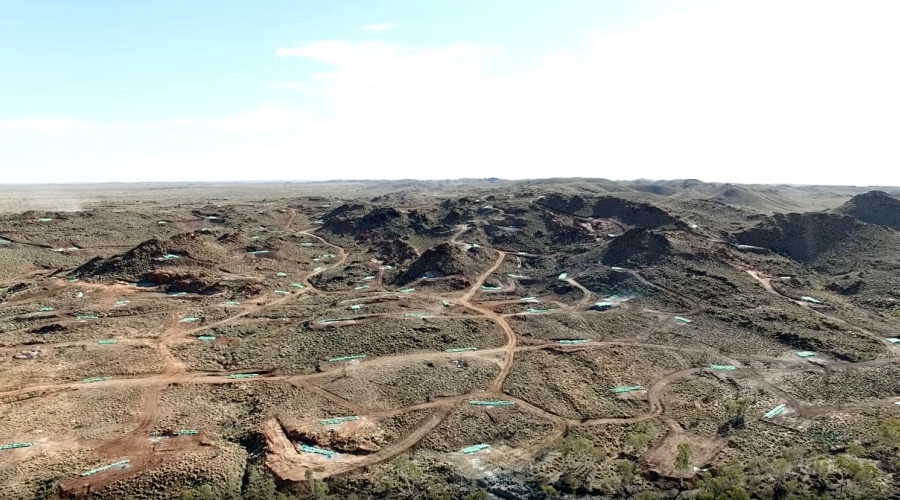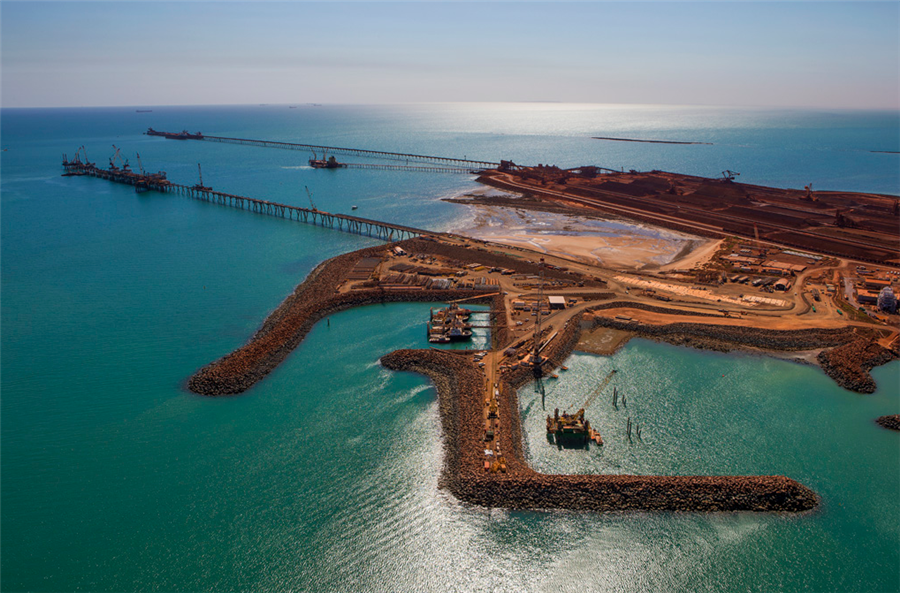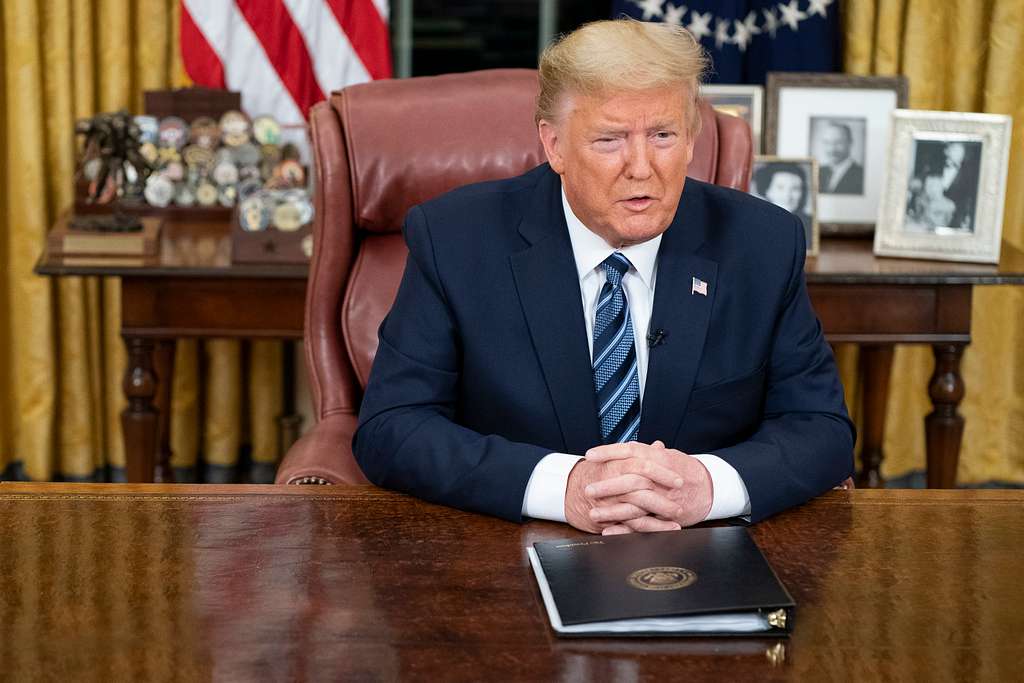Australia backs lithium mine to spur battery push

* Govt investing in lithium mine for first time
* Lithium is key component in batteries
* Australia is world’s top lithium producer (Adds battery research funding)
June 27 (Reuters) – The Australian government will invest in a lithium mine for the first time, as part of a wide-ranging effort to shore up power stability in a market increasingly dependent on variable wind and solar power.
The government said on Tuesday it would invest about A$20 million ($15 million) into Pilbara Minerals Ltd’s Pilgangoora project in Western Australia, which will produce lithium concentrate, a key component in electric vehicles and batteries.
Environment and Energy Minister Josh Frydenberg said it represented the conservative government’s first investment in a mining project of its kind.
“Lithium is a vital component used in battery storage, which helps to support Australia’s increasing use of renewable energy,” the minister said in a statement.
The move comes as the government looks to prove it is being “technology neutral” in its efforts to beef up power supply, amid a battle over whether that should include subsidies for coal-fired power.
The investment is from the government’s Clean Energy Finance Corporation, which took part in Pilbara Minerals’ recently completed A$132 million bond issue.
The proceeds of the bond issue together with A$80 million raised in a share sale will underpin the A$234 million required for the project’s first stage of development. Construction is expected to start in early 2018, Pilbara Minerals said.
Australia was the world’s largest lithium producer in 2016, according to the U.S. Geological Survey.
On the same day the government also awarded a A$2 million grant to Australian researchers developing ultra-thin, screen-printed batteries for use in both large-scale energy storage and in cheap, portable devices.
The Brisbane-based company behind the A$12 million project, Printed Energy, said the batteries would be flexible – printed in a roll-to-roll process like a newspaper – and could be adapted to almost any shape.
($1 = 1.3189 Australian dollars) (Reporting by Joseph Hinchliffe; Editing by Sonali Paul and Richard Pullin)
More News
Rio Tinto posts lowest Q1 iron ore shipments since 2019, tempers forecast
April 15, 2025 | 03:55 pm
Trump orders tariff probe on all US critical mineral imports
April 15, 2025 | 03:16 pm
{{ commodity.name }}
{{ post.title }}
{{ post.date }}




Comments